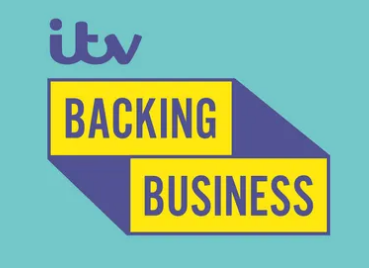
Has traditional TV advertising had its day? These days everyone has the internet at home and on at least one mobile device, and many of us opt to use on-demand TV services… but does that mean that as advertisers, we should no longer bother with traditional TV advertising?
It might seem on the fact of it as if nobody is watching live TV any longer, but in actual fact TV viewing has only declined very slightly. The average viewer is actually only watching ten and a half minutes less TV per day. Traditional TV advertising is still a great way to market your product or service to your audience.
Here’s how you can make TV advertising work well for you:
Building brand awareness
If you hear someone say, ‘simples’ you know exactly where it’s come from, don’t you? I bet you’re picturing that funny little meerkat right now from the Compare the Market ads. TV advertising is still the absolute best way to get your brand name known and recognised among the population. An effective campaign can make your brand instantly recognisable. You might not have immediately jumped onto the Compare the Market website after seeing a meerkat ad, but next time you’re thinking about renewing your insurance and want to compare quotes, that meerkat is likely to pop up in your brain isn’t he!
Media meshing
Whaaat? Media meshing is the trend for viewers to undertake certain activities on a second screen—usually a mobile phone—relating to the programme they are watching. Real-time tracking technology can monitor the moment a TV ad airs, and track activity on a website as a result of it. Whereas previously if you were advertising your shop during an evening TV show you would have to wait until the next day to see if more people came through the door, now you can see instantly the effect your ad is having by the number of clicks on your website.
TV syncing technology allows related online advertising to be shown across other devices at the same time as the TV ad is being shown. This is something the larger brands are already making use of, and it’s turning the distraction of a second screen into a competitive advantage, encouraging engagement from audiences.
Working with other ad formats
It has been shown that there is a multiplier effect, whereby people will pay more attention to other forms of advertising for a brand or product after they have seen a related ad on TV. TV advertising can create a sort of halo effect, where sales of a brand’s entire product range can be boosted, even for products not shown or mentioned in the TV ad. We might see an ad on TV one evening, and then see a newspaper ad over breakfast the next morning, followed by a billboard or other out of home advertising on our way to work. We’re more likely to pay attention to the newspaper and out of home advertising because we recognise it from the TV ad we’ve already seen.
We might think of TV advertising as outdated and losing its clout, but it is still very relevant and important in a marketing strategy. It continues to engage potential customers and provides a respectable ROI.


